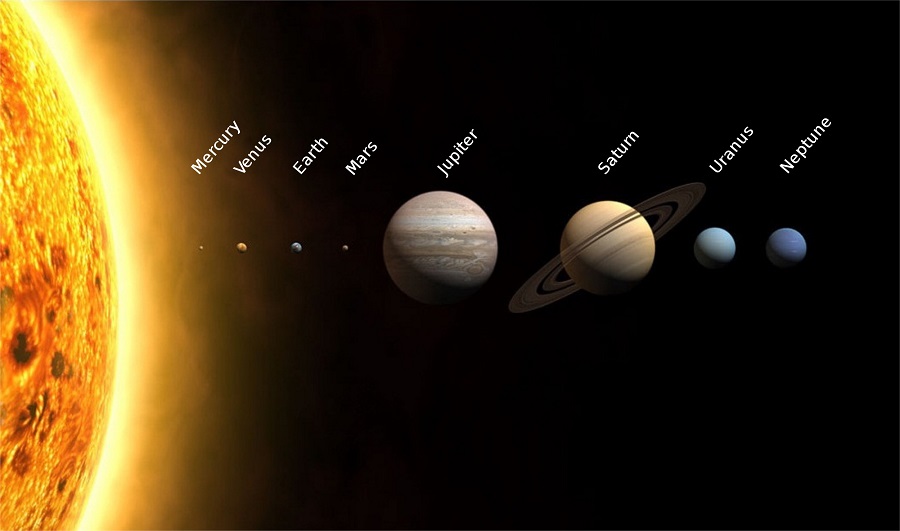Why are clouds appear white in Colour?

The color and brilliance of clouds hang on the reflection, dispersion, and dissemination of sunlight. When sunlight extend to atmospheric pieces, blue light is dispersing more than other hues, and as a conclusion, the sky pop up blue during the day time. When sunbeam reaches out to cloud, all hues of light became scattered fairly. The equal dispersing of light is produced by the huge water droplets accommodated within a cloud. As an outcome, when clouds are glanced from Earth, they pop out to be white in color against the backcloth of a blue sky. Henceforth, clouds are white because light from the Sun is of white colour.
The Science Behind the Scattering of Sunlight
Sunlight accommodates a complete spectrum of hues that can builds up a rainbow. Nevertheless, each hue has a dissimilar wavelength, which is evaluated in nanometres. Blue hue has a wavelength of 400 nanometres, which is the teeny-weeny, while red hue has the lengthy wavelength at 700 nanometres. Tiny particles can disperse teeny wavelengths more effectual than long ones, while sizeable particles for example water droplets, disband all wavelengths of light almost uniformly. Since there are billions of water droplets in the airspace, sunlight is scattered into multiple color that amalgamate to form the hue white, which set forth clouds a white hue.
The disbanding of sunlight by water driblet that form clouds take place through a procedure known as Mie scattering, which is necessarily refraction. When sunlight strike a water droplet, it is redirected or scattered across refraction in an ahead direction. Similar redirection happens in the billions of water goblets in the sky. Since Mie scattering is individualistic of wavelength, a aimless scattering of sunlight happens.
As an outcome, it is the uniformly scattering of all hues that build up clouds white in hue.






Responses